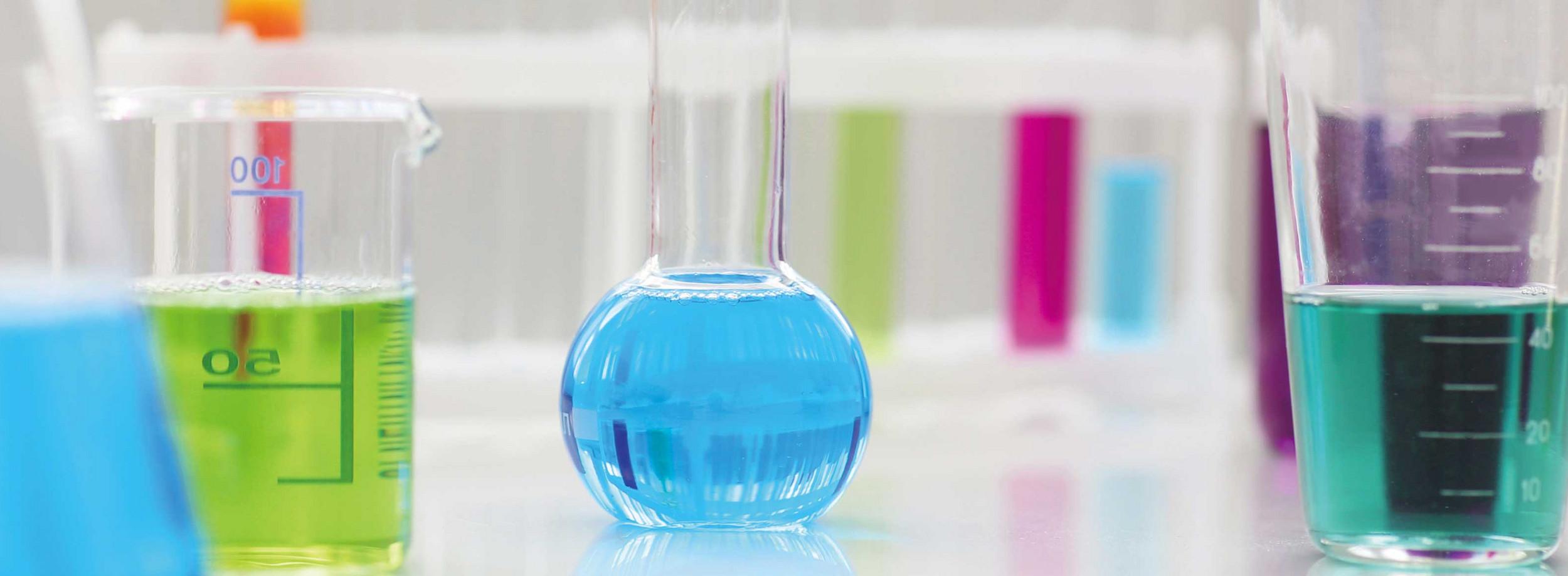
Identification of pigments is important in the archaeological and art research fields. Some pigments were used during specific times and then were no longer used in later times. Therefore, we can estimate the period when artwork was created through identification of the pigments.
Micro-XRF is an effective pre-screening analytical technique to narrow down the candidates of multiple pigments used on a painting, thanks to its non-destructive approach and imaging capability. We introduce our experiment of pigments analysis on a traditional Japanese paper painting (Figure 1) using the HORIBA XGT-9000SL, a micro-XRF with a super large chamber.
Figure 1: A traditional Japanese paper painting (a painting on a folding fan)
HORIBA’s XGT-9000SL is a micro-XRF with a super-large chamber capacity measuring 1030 mm (W) x 950 mm (D) x 500 mm (H). It is equipped with selectable micro-probes, one of which is a 100 μm ultra-high intensity probe. It is also equipped with a motorized XYZ stage, which allows multi-point analysis, as well as elemental imaging up to 350 mm x 350 mm. The XGT-9000SL has X-ray shields complying with the radiation safety requirement of IEC-61010-1. The large capacity and full shielding make it possible to perform nondestructive large area analysis with the XGT-9000SL, without compromising user safety.
Figure 2. HORIBA XGT-9000SL (a) Appearance (b) the chamber capacity (1030 mm (W) x 950 mm (D) x 500 mm (H)) (c) schematic diagram of the optics.
We did elemental imaging within a portion of the traditional paper painting to analyze multiple pigments at once. The below figure shows the elemental mapping result using HORIBA XGT-9000SL. The brighter color represents higher fluorescent X-ray signals of the element. The below figure suggests the following pigment information:
Figure 3. Elemental imaging results with the HORIBA XGT-9000SL. The imaging was conducted within 175 mm x 88 mm area under partial vacuum condition using a 100 μm ultra-high intensity probe with 50 kV voltage and 600 μA current at the primary X-ray generator. The total mapping time was approximately 90 min.
Micro-XRF allowed us to narrow down candidates of pigments used on a large traditional paper painting without any sample preparation or any sample destruction. It is helpful as first screening tool to prepare known materials for further analyses using Raman spectroscopy or other analysis techniques.
X-ray Analytical Microscope
with a Super Large Chamber
Máte nějaké dotazy nebo požadavky? Pomocí tohoto formuláře kontaktujte naše specialisty.


